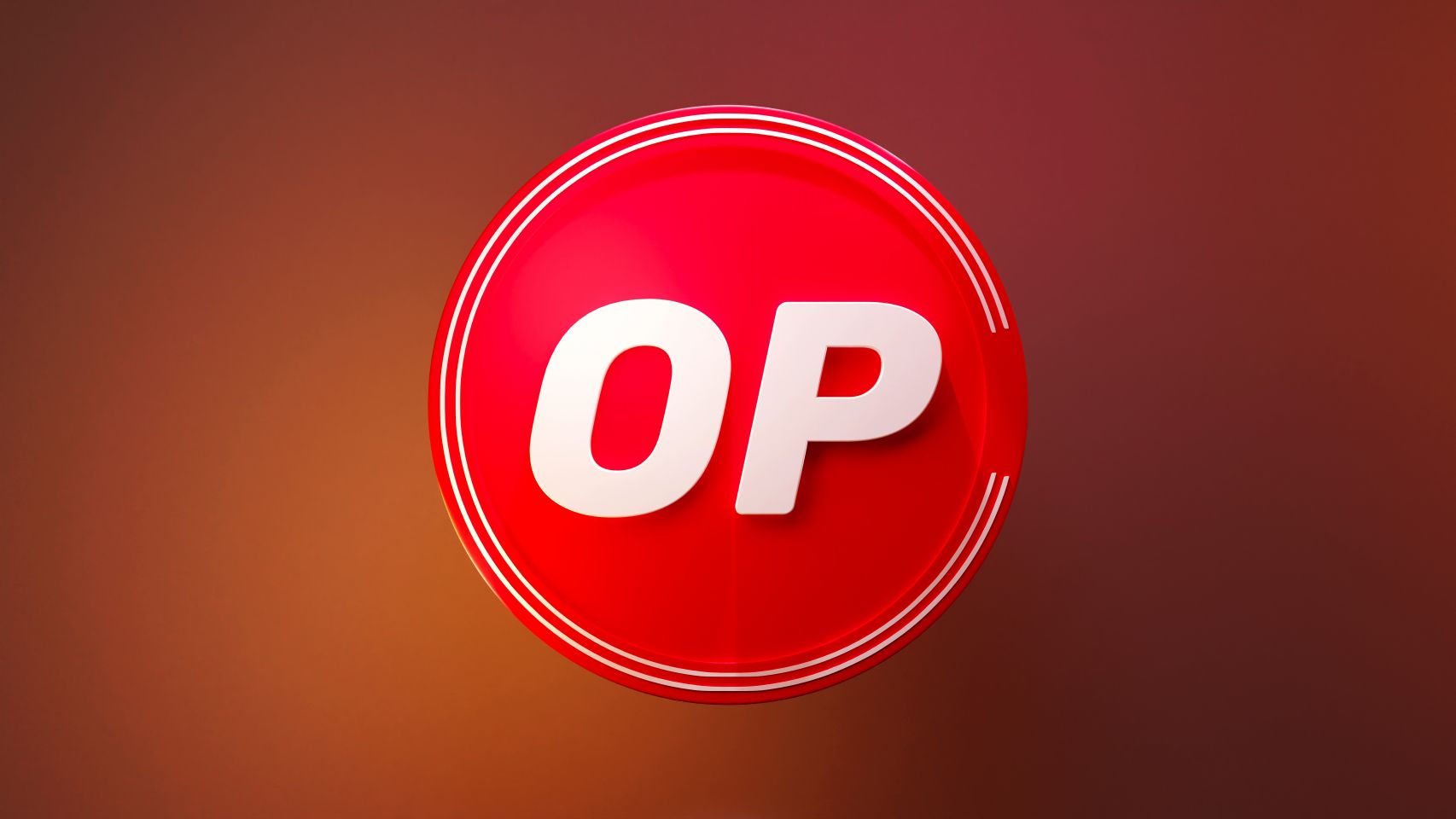Optimism price prediction: Third-party OP projections
Optimism (OP/USD) traded at $0.4075 as of 1:41pm UTC on 30 October 2025, within an intraday range of $0.4074–$0.4526 on the Capital.com quote feed. The token is currently near session lows, extending its weekly decline and staying below the recent period high.
Past performance is not a reliable indicator of future results.
Recent OP/USD price movement reflects several factors. Trading remains subdued amid broader risk-off sentiment in crypto markets, with OP underperforming peers following a sharp drop in the past 24 hours and heightened volatility. Market commentators attribute continued pressure to profit-taking, network updates linked to Ethereum scaling, and reduced liquidity as traders monitor DeFi activity and cross-asset flows (CoinMarketCap, 30 October 2025).
Optimism price prediction 2025-2030: Analyst price target view
Changelly (analytics)
As of late October 2025, Changelly forecasts OP between $0.358 and $0.434, citing ongoing risk aversion and thin liquidity under macro and regulatory pressures. Layer-2 activity remains muted, with key support and resistance levels still in focus (Changelly, 29 October 2025).
Blockchain.News (market intelligence)
Blockchain.News targets $2.20–$2.50 by late 2025, assuming renewed sentiment and broader Layer-2 adoption. The outlook also notes the risk of further declines if key supports fail (Blockchain.News, 11 September 2025).
Cryptopolitan (commentary)
Cryptopolitan’s September 2025 update expects a year-end range of $0.451–$2.05, combining technical analysis with potential upside tied to Layer-3 and dApp development on Optimism’s Superchain (Cryptopolitan, 29 September 2025).
CoinCodex (algorithmic projection)
The site’s model forecasts OP to trade between $0.2908 and $0.3280 in 2025, based on quantitative technical indicators and cross-market data. The projection assumes subdued trading activity and moderate development within the network (CoinCodex, 30 October 2025).
Past performance and third-party projections aren’t reliable indicators of future results. CFDs on cryptocurrencies are complex instruments that carry a high risk of capital loss.
OP coin price: Technical overview
OP/USD last traded at $0.4075 as of 1:41pm (UTC) on 30 October 2025, remaining below key moving averages – 20/50/100/200-DMAs at ~0.45 / 0.62 / 0.67 / 0.67. Successive closes below the 20-day average indicate continued weakness. All key SMAs – 10, 20, 30, 50, 100, and 200-day – remain above current price levels, showing clear downside separation.
Momentum indicators are restrained: the relative strength index (14) sits at 32.57, maintaining a lower-neutral bias, while the average directional index (14) at 47.07 signals an established trend. Initial resistance is seen near the Classic R1 pivot at 0.81, while support lies around 0.72, then at the 100- and 200-day averages near 0.67 (TradingView, 30 October 2025).
This technical analysis is provided for information only and does not constitute financial advice or a recommendation to buy or sell any instrument.
Optimism coin price history
Optimism coin (OP) launched strongly in early 2023, but declined sharply over the following two years. After closing 2023 at $3.70, OP held above $2.50 for much of early 2024, occasionally testing $4.00 highs during the wider crypto rally.
By mid-2024, volatility returned. OP fell below $2.00 by August, weighed by cooling sentiment and DeFi outflows. Losses deepened through late 2024 and 2025, driven by regulatory caution and broad altcoin weakness. By 30 October 2025, OP had settled at $0.41 – down more than 75% year-to-date and 88% below its level a year earlier, marking a difficult period for the Layer-2 sector leader.
OP/USD closed at $0.41 on 30 October 2025.
Past performance is not a reliable indicator of future results.
FAQ
How many Optimism coins are there?
Optimism (OP) has a circulating supply of about 1.9 billion tokens and a maximum supply set at 4.29 billion OP (CoinMarketCap, 29 October 2025), released gradually through network incentives and ecosystem funding.
Could Optimism’s price go up or down?
Yes. Like other cryptocurrencies, Optimism’s price is highly volatile and may move sharply in either direction. Factors such as investor sentiment, DeFi activity, Ethereum scaling developments and overall crypto liquidity can influence its price. Past performance isn’t a reliable indicator of future results.
Should I invest in Optimism?
Capital.com does not provide investment advice. Whether Optimism is suitable depends on your trading goals, risk tolerance,and market understanding. Contracts for difference (CFDs) are traded on margin – leverage amplifies both profits and losses. Consider whether you understand how CFDs work and can afford the high risk of losing your money.